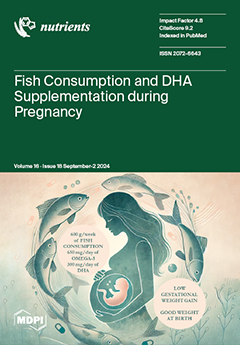Background/Objectives: As a hyperaccumulator of selenium (Se),
Cardamine violifolia (
Cv) and its peptide extract could ameliorate the negative effects of a high-fat diet (HFD). However, the effects of the coaccumulation of cadmium (Cd) in Se-enriched
Cv (
Cv2) and the potential confounding effect on the roles of enriched Se remain unknown. We aimed to investigate whether
Cv2 could alleviate HFD-induced lipid disorder and liver damage. Methods: Three groups of 31-week-old female mice were fed for 41 weeks (
n = 10–12) with a control
Cv-supplemented diet (
Cv1D, 0.15 mg Se/kg, 30 µg Cd/kg, and 10% fat calories), a control
Cv-supplemented HFD (
Cv1HFD, 45% fat calories), and a
Cv2-supplemented HFD (
Cv2HFD, 1.5 mg Se/kg, 0.29 mg Cd/kg, and 45% fat calories). Liver and serum were collected to determine the element concentrations, markers of liver injury and lipid disorder, and mRNA and/or protein expression of lipid metabolism factors, heavy metal detoxification factors, and selenoproteins. Results: Both
Cv1HFD and
Cv2HFD induced obesity, and
Cv2HFD downregulated Selenoi and upregulated Dio3 compared with
Cv1D. When comparing
Cv2HFD against
Cv1HFD,
Cv2 increased the liver Se and Cd, the protein abundance of Selenoh, and the mRNA abundance of 10 selenoproteins; reduced the serum TG, TC, and AST; reduced the liver TG, lipid droplets, malondialdehyde, and mRNA abundance of
Mtf1 and
Mt2; and differentially regulated the mRNA levels of lipid metabolism factors. Conclusions:
Cv2 alleviated HFD-induced lipid dysregulation and liver damage, which was probably associated with its unique Se speciation. However, further research is needed to explore the interaction of plant-coenriched Se and Cd and its effects on health.
Full article






